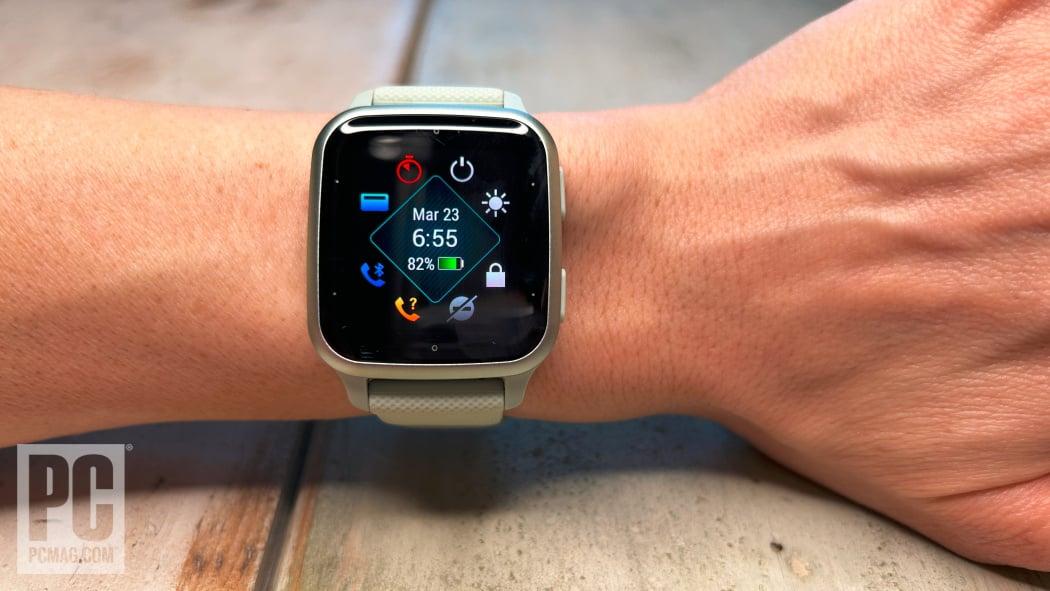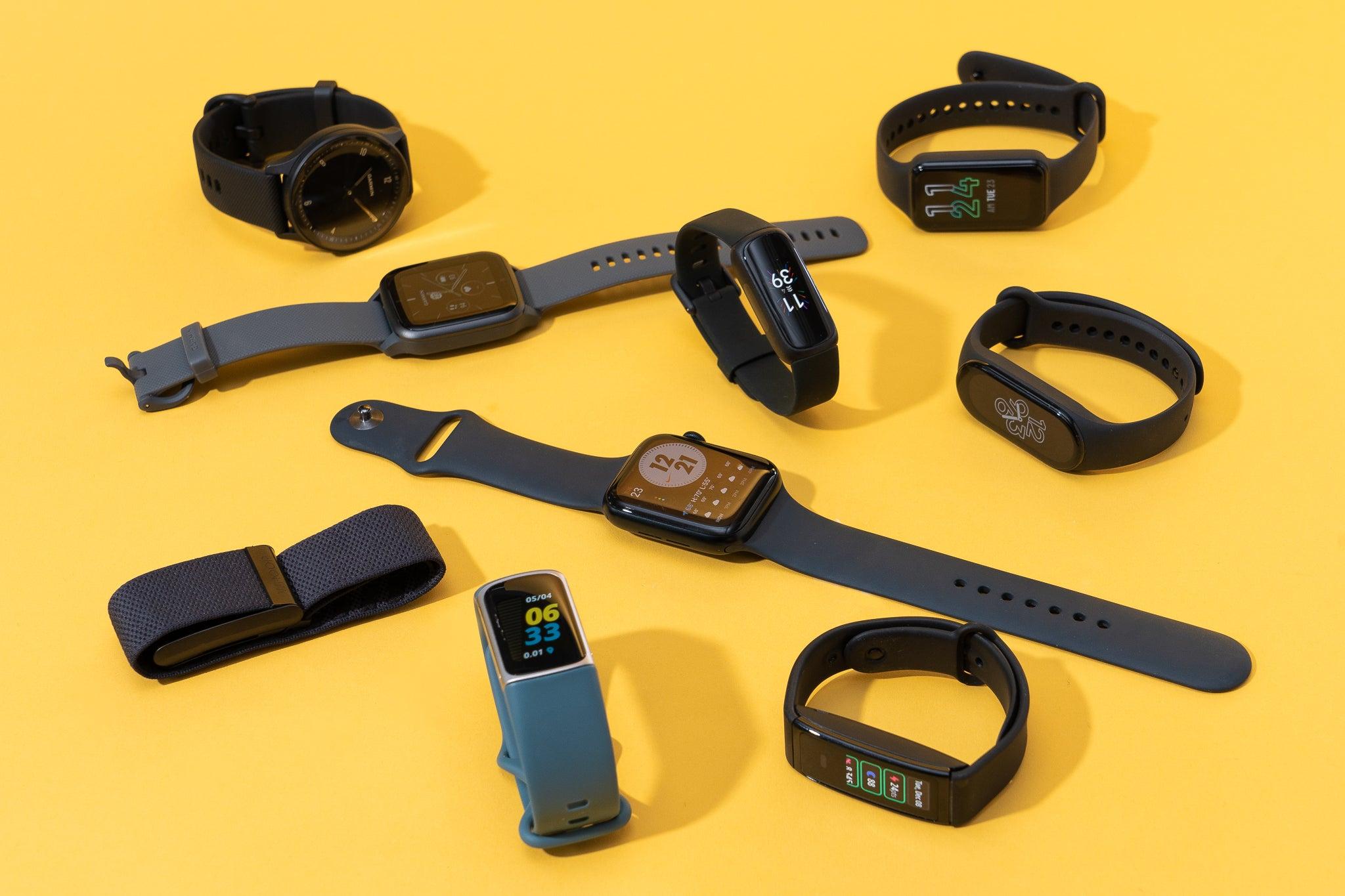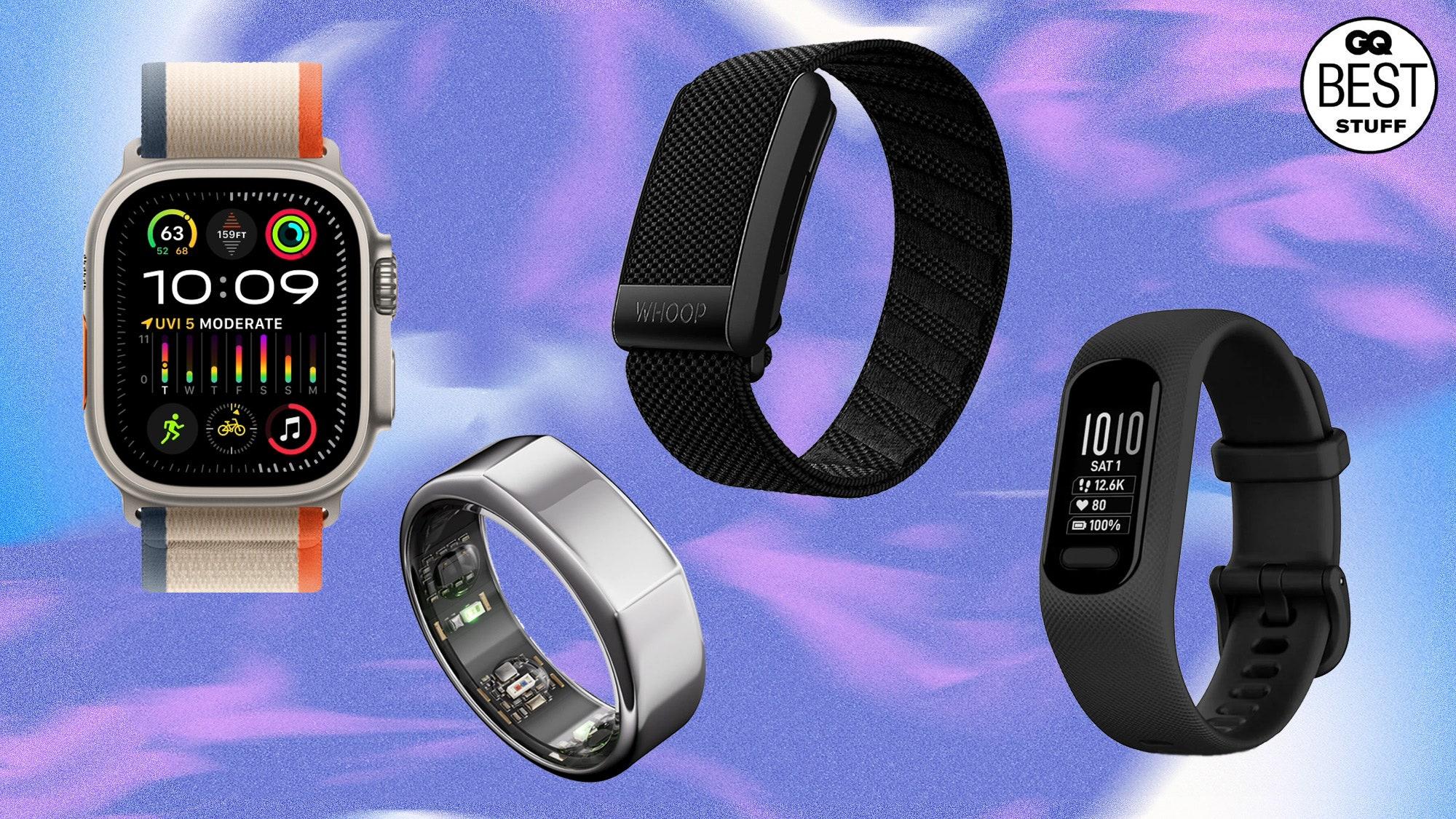In a world where health and wellness take center stage, fitness trackers have emerged as indispensable companions on our journey toward better living. These sleek devices not only monitor our physical activity but also serve as personal trainers, sleep coaches, and motivators, all wrapped around our wrists. But with a multitude of options flooding the market—from basic pedometers to advanced wearables equipped with heart rate monitors and GPS—how do we find the perfect match for our unique fitness goals? In this comprehensive review, we will delve into the best fitness trackers available today, examining their features, benefits, and drawbacks to help you navigate the ever-evolving landscape of fitness technology. Whether you’re a casual walker or an avid athlete, join us as we explore the vital tools that can turn your fitness aspirations into reality.
Assessing Accuracy and Reliability in Fitness Tracking
When evaluating fitness trackers, assessing their accuracy and reliability is essential for users seeking to make informed health decisions. Fitness trackers utilize various methods to measure metrics such as heart rate, steps taken, and calories burned. Consequently, discrepancies may arise between different devices or when compared to clinical measurement tools. Many factors can influence accuracy, including device design, sensor quality, and even individual user differences. Therefore, it’s essential to consider how each tracker performs in real-world scenarios against established benchmarks.
A comprehensive analysis of the top contenders reveals significant variation in performance. Users can benefit from reviewing the following key aspects when choosing their ideal device:
- Heart Rate Monitoring: How consistently does the device track heart rate during various activities?
- Step Count Accuracy: Does the tracker count steps reliably, or are there frequent discrepancies?
- Caloric Burn Calculations: Are the calorie estimates aligned with expected values based on activity levels?
| Tracker Model | Heart Rate Accuracy | Step Count Accuracy | Calorie Burn Estimate |
|---|---|---|---|
| Brand A | 98% | 95% | 92% |
| Brand B | 90% | 97% | 85% |
| Brand C | 95% | 90% | 90% |

Navigating Features for Different Lifestyles
When it comes to choosing the perfect fitness tracker, understanding how different features cater to various lifestyles is crucial. Whether you are a professional athlete seeking advanced metrics or a casual walker tracking daily steps, selecting a device matched to your lifestyle is key to staying motivated. Look for models that offer customizable fitness goals, which can make all the difference in maintaining your wellness routine. Some top features to consider include:
- GPS Navigation: Ideal for runners and cyclists who desire precise route tracking.
- Heart Rate Monitoring: Crucial for those engaging in high-intensity workouts.
- Sleep Tracking: Beneficial for individuals looking to improve sleep quality.
- Water Resistance: Perfect for swimmers or those working out in varied weather conditions.
Additionally, different fitness trackers boast features that appeal to specific interests and fitness levels. For instance, trackers designed for outdoor enthusiasts often include altimeters and barometers, which can enhance hiking experiences. Meanwhile, urban professionals may benefit from smart connectivity options that allow them to receive notifications without having to reach for their phones. To illustrate how these features stack up, consider the comparison table below:
| Fitness Tracker | Best For | Key Features |
|---|---|---|
| TrackPro X7 | Runners | GPS, Heart Rate, Music Control |
| HealthMate 360 | Casual Users | Step Counter, Sleep Monitoring, Water Resistant |
| AdventureWatch 2.0 | Outdoor Activities | Altitude, GPS Tracking, Weather Updates |

User Experience: Design and Usability in Fitness Trackers
When it comes to fitness trackers, user experience (UX) is pivotal in determining their effectiveness and usability. A tracker should seamlessly integrate into a user’s daily life without causing frustration or confusion. Key elements that enhance user experience include the interface design, display clarity, and ease of navigation. Fitness trackers often incorporate touchscreen interfaces, providing a smooth way to access data, adjust settings, and track progress. A well-designed UI with intuitive icons and straightforward menus can significantly improve user satisfaction, allowing individuals to focus on their fitness goals rather than wrestling with device functionalities.
Moreover, usability extends beyond the physical interaction with the device; it encompasses the companions apps that sync with the trackers. A great app will not only provide comprehensive insights into health metrics but will also ensure data visualization is clear and meaningful. Users benefit immensely from features like goal-setting, reminders, and progress tracking presented in a visually appealing way. As such, successful fitness trackers offer both a satisfying physical experience and a powerful app interface, working in harmony to motivate users in maintaining their health.

Comparative Analysis: Top Contenders in the Market
When dissecting the landscape of fitness trackers, a few dominant players consistently emerge, each offering unique features tailored to various fitness goals. Fitbit, renowned for its user-friendly interface and extensive app ecosystem, resonates well with both casual users and fitness enthusiasts alike. Its Versa 3 model provides advanced heart rate monitoring, built-in GPS, and a variety of exercise modes, making it a versatile choice. Conversely, Garmin caters more to serious athletes with their Forerunner series, featuring superior navigation capabilities, VO2 max tracking, and comprehensive training tools. These trackers shine in outdoor settings, perfect for those who thrive on endurance sports and need reliable performance feedback.
Another key contender is the Apple Watch, which transcends traditional fitness tracking by incorporating smart features like notifications and music control seamlessly into an active lifestyle. The Series 7, with its larger display and enhanced durability, is not just a fitness tool; it’s an all-encompassing gadget that effortlessly integrates into daily routines. Meanwhile, Xiaomi makes waves in the budget segment with its Mi Band series, offering impressive battery life, basic health metrics, and a lightweight design for those seeking value without sacrificing essential data. Each of these devices presents a compelling case, appealing to different user preferences and fitness aspirations.
| Tracker | Key Features | Price Range |
|---|---|---|
| Fitbit Versa 3 | GPS, Heart Rate, Sleep Tracking | $229.95 |
| Garmin Forerunner | VO2 Max, Training Tools, Navigation | $399.99 |
| Apple Watch Series 7 | Large Display, Smart Features, Health Metrics | $399.00 |
| Xiaomi Mi Band 6 | Heart Rate, Sleep Monitoring, Lightweight | $44.99 |
In Retrospect
the quest for the best fitness tracker is indeed a personal journey, influenced by individual goals, preferences, and lifestyles. As we’ve explored in this comprehensive review, today’s market is brimming with innovative devices, each offering unique features to help you optimize your health and fitness regime. From heart rate monitoring to sleep tracking, the right fitness tracker can serve as a reliable companion on your path to wellness.
As you consider which device aligns with your needs, remember that the true power of these trackers lies not just in their technology but in how you engage with them. Embrace the data, celebrate the progress, and let these tools inspire you to reach new heights in your fitness adventures. The future of health tracking is bright, and with the right device in hand, you’re well-equipped to navigate your own journey towards a healthier, more active lifestyle. Happy tracking!
